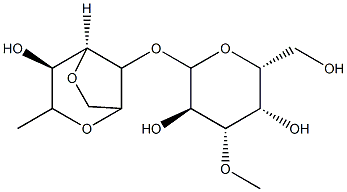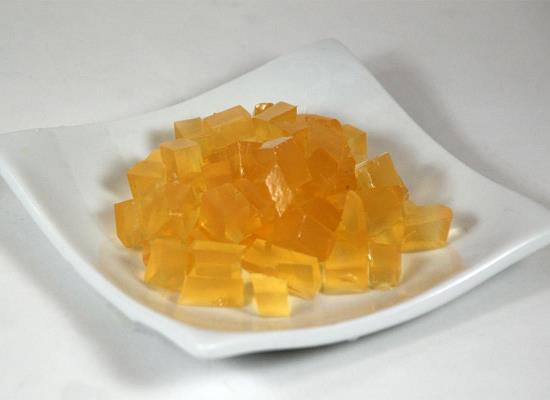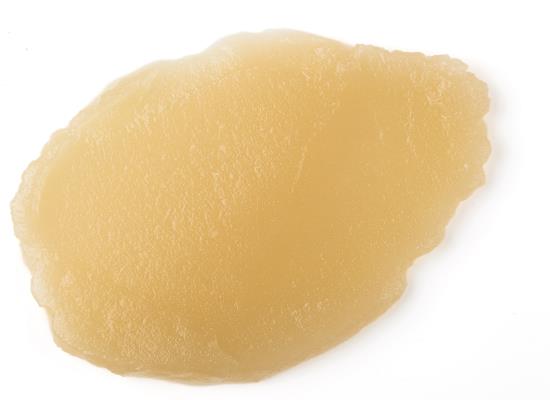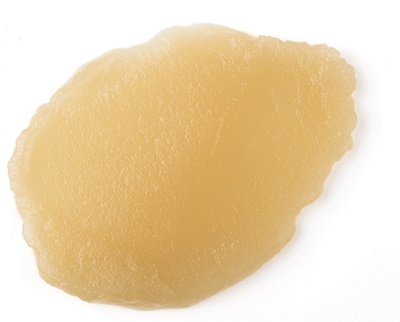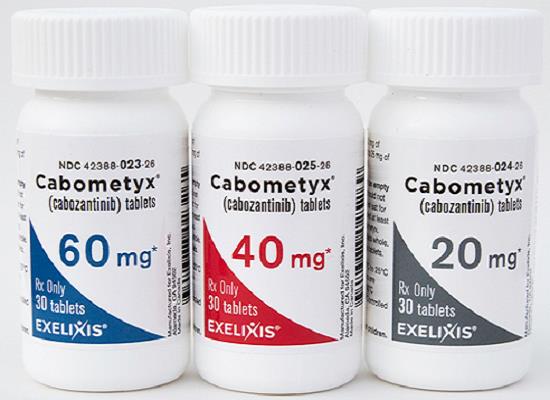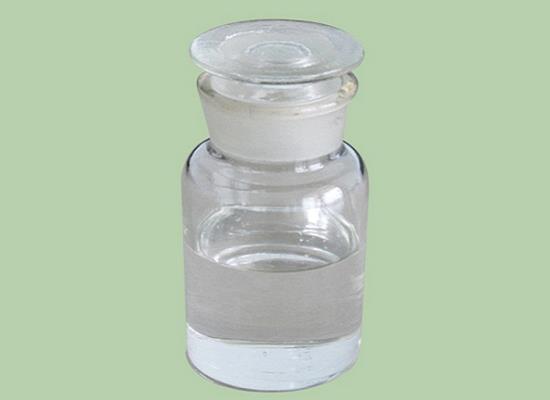Agar oligosaccharides: preparation, bioactivities and applications
General Description
Agar, derived from red algae, is a widely used food and gelling agent. Agar oligosaccharides, obtained from agar hydrolysis, exhibit various bioactivities due to their lower molecular weight, better water solubility, and higher absorption efficiency. Different preparation conditions result in agaro-oligosaccharides and neoagaro-oligosaccharides with diverse structures and degrees of polymerization. The biological activities of agar oligosaccharides are closely related to their composition and structure. This review provides a comprehensive summary of agar oligosaccharides' preparation, structural characteristics, and bioactivities, offering references for their applications in pharmacological, cosmetic, and nutraceutical fields.
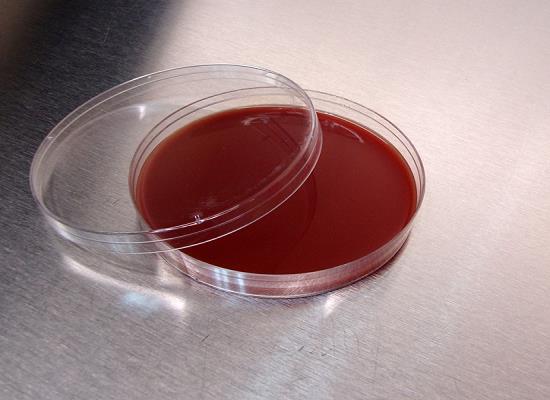
Figure 1. Agar
Preparation
Agar can be degraded and depolymerized into agar oligosaccharides through various methods. Chemical degradation, such as acid hydrolysis using inorganic acids like HCl or organic acids like citric acid, is commonly used. Solid acid-mediated hydrolysis can yield agarobiose (AG2), while HCl hydrolysis produces agar oligosaccharides with varying degrees of polymerization (DP). Oxidants like hydrogen peroxide are also utilized to obtain low molecular weight agar oligosaccharides. Enzymatic degradation involves specific enzymes like α-agarase and β-agarase, which can hydrolyze α-(1→3) and β-(1→4) glycosidic bonds, respectively. Most agar-hydrolyzing bacteria produce β-agarase. NAOs composed of even monomers with d-galactose at the reducing end can be produced by hydrolyzing agarose. The degree of NAOs generated by β-agarase hydrolysis varies depending on the enzyme characteristics. 1
Bioactivities
Antioxidant activity
Agar has moderate free radical scavenging activity. Hydrolysates of agar, produced through acid or enzymatic hydrolysis, show enhanced antioxidant properties. Enzymatic hydrolyzed oligosaccharides (NAOs) have stronger antioxidant activities compared to commercial agar products and algal polysaccharide extracts. However, the antioxidant activities of agar oligosaccharides obtained from acid treatment have conflicting results. Structural characteristics, such as molecular structure and weight, affect their antioxidant abilities. Higher hydrolysis degrees increase NAOs' scavenging capacity against radicals. Different agar oligosaccharides fractions vary in scavenging abilities towards different radicals. Factors like molecular mass and sulfate content influence enzymatic hydrolysates' antioxidant activities. Agar oligosaccharides with a degree of polymerization (DP) of 6 exhibit significant antioxidant effects against reactive oxygen species (ROS) in liver cells. 2
Anti-inflammatory
Earlier studies have indicated that agar oligosaccharides derived from agar, with a degree of polymerization (DP) of 2-4, can inhibit the production of pro-inflammatory cytokines such as TNF-α and the expression of inducible nitric oxide synthase (iNOS) in vitro. Agar oligosaccharides have also been found to suppress the production of other pro-inflammatory mediators like prostaglandin E2 (PGE2), and exhibit anti-inflammatory effects by stimulating the expression of heme oxygenase-1 (HO-1), an enzyme involved in the degradation of heme. HO-1 induction has been associated with the inhibition of TNF-α expression and neutrophil accumulation, effectively preventing intestinal inflammation. Agar oligosaccharides with AHGal (agarobiose) at the reducing end have shown better anti-inflammatory activity compared to NAOs (agarose) with d-galactose at the reducing end. Furthermore, agar oligosaccharides with DP of 2 or 4 have demonstrated higher anti-inflammatory activities, and the synergistic effects of different agar oligosaccharides fractions can contribute to their overall anti-inflammatory effectiveness. Further research is needed to fully understand the potential of agar oligosaccharides as candidates for preventing inflammatory diseases. 3
Anti-tumor activity
Agar oligosaccharides have shown anti-tumor activity in studies. They delayed tumor appearance and reduced tumor number by inhibiting prostaglandin E2 (PGE2) production in a mouse skin carcinogenesis model. Agar oligosaccharides also prevented gut dysbiosis and inhibited colon cancer in mice on a high-fat diet, decreasing p16 expression and increasing OGG1 expression. These findings highlight agar oligosaccharides' potential as anti-tumor agents. Further research is needed to study their absorption in the intestines, changes in metabolites, and impact on the intestinal microbial population in relation to colon cancer. 4
Applications
Pharmacological applications
The pharmaceutical industry is actively searching for new drugs with high efficiency and low toxicity. Natural ingredients with excellent bio-activities are of great interest. Agar oligosaccharides derived from agar have been studied for their antioxidant and anti-inflammatory properties. Agar oligosaccharides show potential as alternative or complementary drugs in reducing the risk of diseases. Their anti-tumor effects make them promising candidates for anticancer drugs. Agar oligosaccharides also exhibit hepatoprotective effects, making them suitable for treating liver diseases. Furthermore, their anti-diabetic, anti-obesity, and hypocholesteromic activities suggest their applicability in developing drugs for diabetes and obesity. However, strict clinical trials are necessary to ensure drug safety when using agar oligosaccharides. 2
Nutraceutical applications
Agar oligosaccharides exhibit antioxidation, anti-inflammation, prebiotic, and hepatoprotective activities, making them potential nutraceutical and functional food ingredients. Particularly for obese individuals, agar oligosaccharides can reduce calorie intake and possess anti-obesity effects. Unlike other oligosaccharides, seaweed-derived agar oligosaccharides have unique prebiotic activities, promoting a healthy gut microbiota. They also enhance intestinal immunity and extend the lifespan of certain organisms. To utilize agar oligosaccharides as regulated functional food ingredients, it is important to determine their precise chemical form, establish reliable quality control methods, and conduct further studies on their bio-accessibility and bio-availability. 5
Reference
1. Chen X, Fu X, Huang L, Xu J, Gao X. Agar oligosaccharides: A review of preparation, structures, bioactivities and application. Carbohydr Polym, 2021, 265:118076.
2. Xu XQ, Su BM, Xie JS, Li RK, Yang J, Lin J, Ye XY. Preparation of bioactive neoagaroligosaccharides through hydrolysis of Gracilaria lemaneiformis agar: A comparative study. Food Chem, 2018, 240:330-337.
3. Wang W, Liu P, Hao C, Wu L, Wan W, Mao X. Neoagaro-oligosaccharide monomers inhibit inflammation in LPS-stimulated macrophages through suppression of MAPK and NF-κB pathways. Sci Rep. 2017, 7:44252.
4. Higashimura Y, Naito Y, Takagi T, Uchiyama K, Mizushima K, Ushiroda C, Ohnogi H, Kudo Y, Yasui M, Inui S, Hisada T, Honda A, Matsuzaki Y, Yoshikawa T. Protective effect of agaro-oligosaccharides on gut dysbiosis and colon tumorigenesis in high-fat diet-fed mice. Am J Physiol Gastrointest Liver Physiol, 2016, 310(6):G367-375.
5. Ma C, Yang K, Wang Y, Dai X. Anti-aging Effect of Agar Oligosaccharide on Male Drosophilamelanogaster and its Preliminary Mechanism. Mar Drugs, 2019, 17(11):632.
Related articles And Qustion
Lastest Price from Agar manufacturers
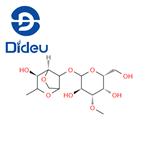
US $0.00/kg2025-11-21
- CAS:
- 9002-18-0
- Min. Order:
- 1kg
- Purity:
- 98%
- Supply Ability:
- 1000kgs

US $1.00-4.00/KG2025-09-02
- CAS:
- 9002-18-0
- Min. Order:
- 1KG
- Purity:
- 99%
- Supply Ability:
- 200000KG
